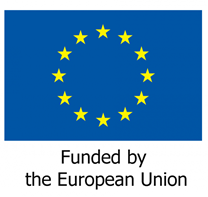The internet has revolutionised human trafficking. It has presented recruiters with more convenient ways to connect with targeted victims, usually with fake job offers, or to find buyers for their products, such as human kidneys, and even to livestream acts of exploitation, writes Jane Marie Ongolo
Key to any human trafficking operation is the recruiter, often occupying a position of authority in the community. They may be the leader of the trafficking ring but are often just someone credible, even with significant religious or political standing.
Consider the documented case of a teacher from Lesotho who persuaded students to look for women most likely to accept employment “abroad”.
Five young women were duly introduced to the teacher who deceitfully briefed them on the available work and where it was – an offer they readily accepted. However, upon getting to the destination, in South Africa, they were promptly sold into sexual exploitation.
In another documented case, the organizer, a Congolese woman, promised the relatives of five children that they would get better education in Zambia. When a deal was finalized, the woman arranged for transportation to enter Zambia irregularly. On arrival, she put the five children to work in her business, selling commodities and food.
Victims treated as commodities
The Southern Africa region is not free from human trafficking, a crime that entails the recruitment, transportation, harbouring or receipt of people through force, fraud or deception, with the aim of exploiting them for profit. Traffickers of human beings treat their victims as commodities that can be used and sold for financial gain, without regard for human dignity and rights.
Essentially, traffickers can be divided into two broad categories: groups that can be defined as organized criminal groups and opportunistic traffickers operating alone or in cooperation with one or other traffickers. In the latter category are business owners, intimate partners and other family members.
Whatever the organizational structure, traffickers usually target the most marginalized and vulnerable such as those with mental disorders and undocumented migrants, along with those living in poverty, the unemployed as well as abandoned children and those in dysfunctional families. In the SADC region cases have been reported of people living with albinism being trafficked for their organs.
Trafficking can involve travelling to another country. However, most detected victims across the world are citizens of the countries where they are detected – but are usually subject to significant geographical movements often to unfamiliar parts of their region where a different language is spoken.
A more convenient way to target victims
While the scenario of an influential community member doubling up as a recruiter is still a reality, the internet has revolutionized human trafficking. It has presented recruiters with more convenient ways to connect with targeted victims, usually with fake job offers, or to find buyers for their products, such as human kidneys, and even to livestream acts of exploitation.
Through the internet it is also possible to anonymously arrange logistics such as transport and accommodation for victims, in addition to moving and hiding proceeds of crime.
In the recruitment phase for human trafficking, two types of strategies can be identified. ‘Hunting’ is when traffickers proactively target specific victims or clients in order to gain access to victims and establish connections with potential buyers or exploitative services. ‘Fishing’ involves human traffickers posting adverts online and waiting for potential clients of victims to respond. They may include fake job adverts or the offer to buyers for certain services.
Thus, it is critical that guardians and educators teach children how to navigate the internet safely. Social media presently a significant danger, not least because it is now such an indispensable part of life, with WhatsApp and Facebook, among the most popular.
It is concerning that a third of children who participated in a 2020 child survey (conducted by the Youth Research Unit at the Bureau of Market Research, Unisa and Unicef) had met someone face-to-face during the previous year whom they had first got to know on the internet. The last time they met the person face-to-face, they experienced feelings of happiness (58,8%) and excitement (43,7%).
Globally, 50% of detected human victims of human trafficking were for sexual exploitation and 38% for forced labour, while 6% were subjected to forced criminal activity and more than 1% to begging. Smaller numbers were trafficked for forced marriages, organ removals and other purposes.
Women and girls still the primary target
This is in contrast to the situation in the Southern African Development Community (SADC) region where the majority of detected victims of human trafficking are exploited for the purpose of forced labour. They are put out to work – such as selling goods in markets, begging and labouring on farms, quarries and in mines.
Victims of human trafficking are invariably kept against their will through fear of physical violence. In other instances victims are prevented from fleeing because they have been forcibly introduced to drugs, or have been deceived into believing that they owe the traffickers huge amounts of money for services provided, such as the provision of a false ID, transportation or housing.
Research by UNODC and others shows that globally the share of children among detected trafficking victims has tripled, while the share of boys has increased five times over the past 15 years. However, women and girls are still the primary target of trafficking globally, making up 46% and 19% of all victims of trafficking respectively.
“Loverboy” cases have also been reported in the SADC region. This is where male traffickers romance potential female victims for months and even years, building a relationship of trust, before trafficking them into sexual exploitation or forced labour.
In the SADC member states the number of trafficking cases recorded fell between 2017 and 2020, likely due to increased focus on the crime of human trafficking. More countries have developed specific laws prohibiting such crimes after ratifying the United Nations Protocol to Prevent, Suppress and Punish Trafficking in Persons, Especially Women and Children (the Trafficking Protocol).
As of August 2020, 169 countries had enacted legislation that criminalizes trafficking in persons, in line with the protocol. Across the world the average conviction rate tripled since 2003 when the Protocol entered into force, although convictions have been lowest in sub-Saharan Africa.
Conviction rate has tripled
Between 2017 and 2020, 484 cases of trafficking in persons were recorded in the SADC Regional Trafficking in Persons Database, set up in 2014 by member states, the SADC Secretariat and the United Nations Office on Drugs and Crime (UNODC).
There were 212 cases from nine SADC member states in 2017 – 130 of them were registered in South Africa alone. In 2018, 151 cases were registered in 11 SADC countries, with the number falling to 55 cases from eight member states. The number of recorded cases rose again to 66 cases from eight member states in 2020.
Detection is particularly difficult and even where suspects have been identified building up a case for prosecution is a process fraught with technicalities. It doesn’t help that human trafficking is often conflated with people smuggling and irregular migration, leading to further complications.
Working with other UN agencies, development partners and member states, UNODC is supporting member states with training meant to boost detention and prosecution, along with assistance for victims. Just as important is awareness raising and ongoing data collection to support evidence-based programming.
In the words of one stakeholder, the human trafficking cases they encountered happened by coincidence and not because of targeted efforts. Hence the aim of support efforts underway is to ensure that detection and prosecution happen by design rather than by accident.
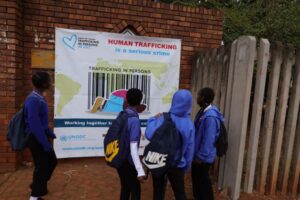
About the Southern Africa Migration Management (SAMM) project.
The SAMM project is funded by the European Union and is a collaboration between four UN agencies: ILO, IOM, UNODC and UNHCR, under the one-UN model. The overall objective is to improve migration management in the Southern Africa and Indian Ocean region. https://www.sammproject.org/
# Dr Ongolo is the Southern Africa Regional Resident Representative of the United Nations Office on Drugs and Crime (UNODC).
END.
 English
English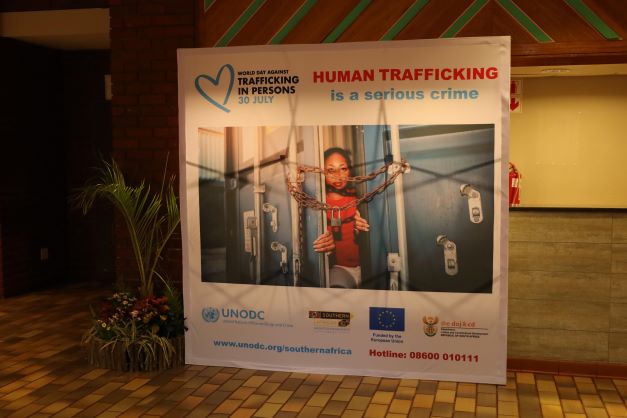
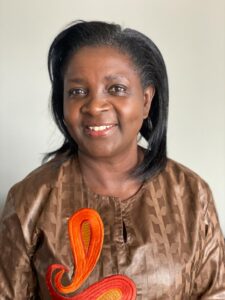
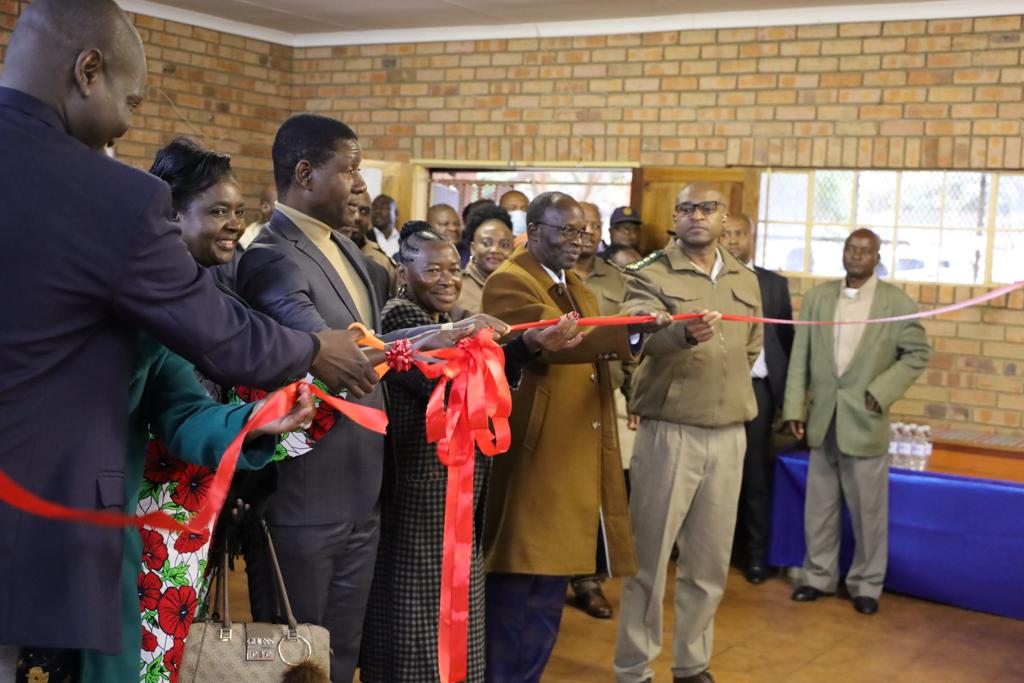
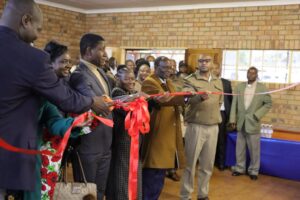 A popular rural school in South Africa’s Limpopo province hosted this year’s main commemoration of World Day Against Trafficking in Persons jointly organized by the Department of Justice and Correctional Services, and the United National Office on Drugs and Crime (UNODC).
A popular rural school in South Africa’s Limpopo province hosted this year’s main commemoration of World Day Against Trafficking in Persons jointly organized by the Department of Justice and Correctional Services, and the United National Office on Drugs and Crime (UNODC).